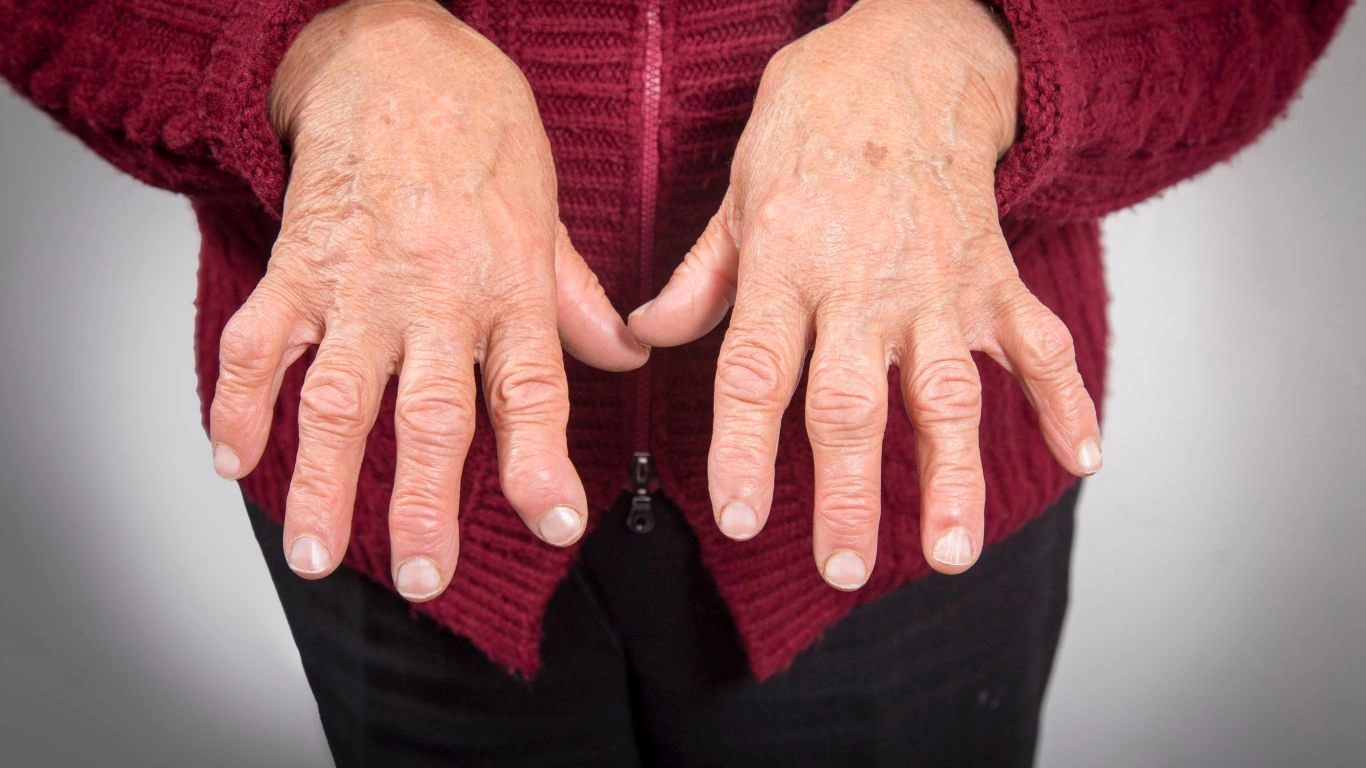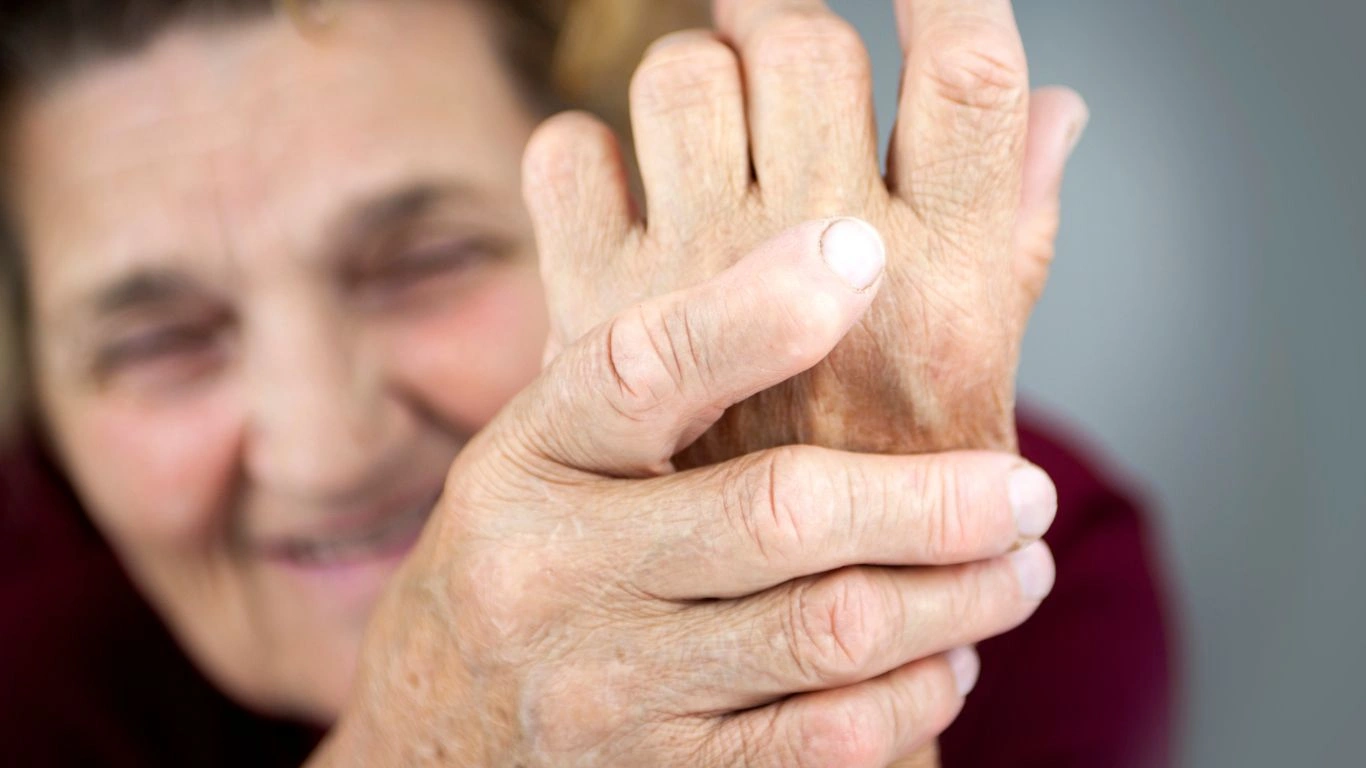Best Ergonomic Office Chairs for Rheumatoid Arthritis Relief
If you’re dealing with rheumatoid arthritis like many of my patients do, and you’re spending long hours at a desk job, you’ve probably wondered whether your office chair might actually be making things worse. As a Rheumatology Nurse Practitioner who’s seen countless patients struggle with joint pain flaring up just from poor posture and stiff chairs, I can tell you this—finding the best ergonomic office chair can genuinely change the game. We’re not just talking about comfort; we’re talking about reducing inflammation, maintaining joint mobility, and improving your quality of life day by day.
Why Ergonomics Matter More Than You Think

Let’s break this down. Rheumatoid arthritis isn’t just a little stiffness in the morning. It’s a systemic autoimmune condition that targets your joints, leading to chronic pain, swelling, and sometimes even joint deformity if it’s not managed properly. Sitting in the wrong chair—especially for hours—puts extra pressure on those already-sensitive joints, particularly the spine, hips, knees, and wrists.
What I often tell my patients is this: Your chair should support you like a good friend—not stab you in the back (literally). When you sit in a poorly designed chair, your posture shifts. Your muscles work overtime to compensate. And your joints? They bear the brunt of it all.
Key Features to Look for in the Best Ergonomic Office Chair
So what makes a chair “ergonomic” for someone with rheumatoid arthritis? It’s more than just marketing lingo. Here’s what I recommend based on both research and real-life experience with patients:
- Adjustable seat height: Your feet should rest flat on the floor. Dangling legs = pressure on knees.
- Lumbar support: Crucial for spinal alignment, especially when fatigue kicks in.
- Armrests: Look for padded, adjustable armrests. They help take pressure off inflamed shoulder and wrist joints.
- Seat depth and width: You want enough space to sit comfortably without cutting off circulation.
- Recline options: Leaning back occasionally reduces pressure on the spine and hips.
- Soft yet supportive cushioning: A hard seat is a no-go. Memory foam or high-density foam works wonders.
I had a patient recently—let’s call her Janine—who works as a graphic designer. She came in complaining of worsening wrist and hip pain. She was worried her RA was progressing. Turns out? It was her chair. She was sitting in this trendy, stiff, minimalist chair that looked great on Instagram but was terrible for joint support. Once we swapped it out for a proper ergonomic chair, and adjusted her setup, her symptoms eased up in less than two weeks. No new meds needed. Just smarter sitting.
The Body-Chair Connection: How Sitting Affects RA Symptoms

Most people underestimate how much of an impact our sitting posture has on our joints. For those with RA, prolonged static positions can be brutal. Joints love movement. They crave it. When you’re sitting still for hours without proper support, inflammation can build up, especially in the lower back, hips, and fingers.
I’ve seen patients with flares that align perfectly with periods of high desk time. One of my long-time patients—who’s also a bookkeeper—started tracking her flares and noticed they peaked after end-of-month deadlines. Why? Long days, poor posture, and no ergonomic support. When she started using a chair that allowed her to sit upright comfortably and move a little throughout the day, her pain levels dropped significantly.
Quick Ergonomic Fixes to Help Right Now
If you’re reading this and thinking, “Well, I don’t have a fancy ergonomic chair yet,” don’t worry. Here are some quick changes you can make starting today:
- Use a small pillow or rolled towel: Place it behind your lower back for lumbar support.
- Adjust your monitor height: Your screen should be at eye level to prevent slouching.
- Prop your feet up: Use a footrest or even a stack of books to make sure your feet aren’t dangling.
- Take breaks every 30-60 minutes: Even just standing and stretching helps loosen those joints.
These aren’t perfect substitutes, but they’re a great start while you’re shopping for the right chair. Trust me, even these little tweaks can reduce the strain on your joints and help prevent those sneaky flare-ups that seem to come out of nowhere.
Real-Life Wins: When the Right Chair Makes All the Difference

I wish I could take a snapshot of the relief I see on patients’ faces when they finally sit in a chair that doesn’t make them ache by lunchtime. It’s a small shift with a big payoff. We tend to overlook the power of our daily habits—and our chairs are one of the most underrated tools in managing RA symptoms outside the doctor’s office.
So yes, while medication, movement, and lifestyle all play vital roles in rheumatoid arthritis care, don’t sleep on ergonomics. That chair you sit in for 8+ hours a day? It’s either helping your joints or slowly adding to the fire. And you deserve better than that.
Top Ergonomic Office Chairs I Recommend for Rheumatoid Arthritis

Okay, now let’s get into the good stuff—actual chairs that are worth your time and money. I’ve done the homework for you, both through patient feedback and my own deep dives into product features. These aren’t just chairs with flashy tags like “ergonomic” slapped on. These are ones that actually provide joint support, pressure relief, and adjustability—things that make a real difference when you’re dealing with rheumatoid arthritis.
1. Steelcase Leap
This one’s a powerhouse in the ergonomic world. It has live back technology that mimics the movement of your spine and adjusts as you move. Several of my patients who work in tech swear by this chair. One even called it “a spa day for my spine”—and I’m not making that up.
2. Herman Miller Aeron
Yes, it’s pricey, but it’s one of the most customizable chairs out there. What I love? It distributes weight evenly, supports your hips and thighs, and keeps you cool with that breathable mesh design. I had a patient with severe hand joint involvement who said the tilt mechanism was a breeze to use—no pain, no stiffness triggering.
3. Secretlab Titan Evo (with lumbar add-ons)
This one surprised me. It’s originally marketed as a gaming chair, but hear me out—it’s designed for long sitting hours, has great lumbar adjustability, and comes with a magnetic memory foam headrest. With a few customizations (like soft gel armrest pads), it can absolutely be a fit for RA warriors.
How to Test a Chair Before You Buy It (or Make the Best of Online Shopping)

If you’re like me, you want to *sit* before you commit. But with so much being bought online now, it’s not always possible. So here’s how I guide patients through choosing the best ergonomic office chair when they can’t test it in person:
- Check return policies: Make sure there’s a no-questions-asked return window (30 days minimum is ideal).
- Look at real-user reviews—specifically RA or chronic pain mentions: That’s where the gold is. Folks will often call out whether a chair helped their joints or worsened symptoms.
- Measure your workspace: Don’t forget to double-check dimensions so it fits your desk setup and doesn’t create awkward angles.
- Bonus tip: If it comes semi-assembled, ask for help. RA hands and Allen wrenches don’t mix well—I’ve seen more than a few flare-ups start that way.
Chair Fittings Aren’t Just for Royalty
This may sound silly, but I sometimes ask patients to bring photos of their home office setup during consults. You’d be shocked how often it’s the little things—a chair too high, armrests misaligned, or poor lumbar support—that are behind a pain spike. Getting fitted to a chair that supports your body type and pain pattern? That’s not luxury. That’s smart self-care.
Setting Up the Rest of Your Ergonomic Workspace

So you’ve found the chair. Great! But let’s not stop there. An ergonomic chair does its job best when the rest of your workspace plays along. I’ve coached dozens of patients on optimizing their home offices to reduce pain and fatigue—and it’s often small changes that make the biggest impact.
Monitor and Screen Placement
Raise your monitor so that the top third is at eye level. Looking down strains your neck and shoulders, which can aggravate upper spine joints already affected by RA.
Keyboard and Mouse Positioning
These need to be within easy reach so your arms stay relaxed. Consider an ergonomic keyboard and a vertical mouse—I’ve had folks with wrist involvement who absolutely swear by the Logitech MX Vertical. One even called it “a wrist-saver during tax season.”
Lighting and Glare Control
Sounds minor, but squinting or leaning forward to see your screen because of poor lighting can cause upper body tension. Use soft, natural light or adjustable LED lamps to avoid that involuntary hunching posture.
Everyday Office Habits That Can Help with Rheumatoid Arthritis
Here’s something I’ve learned over the years—your chair can only do so much if you’re not treating your body right during the workday. These little habits? They might seem basic, but they’re powerful when practiced consistently:
- Micro-movement breaks: Set a timer every 45 minutes. Stretch your hands, roll your shoulders, or take a short walk.
- Hydrate: Dehydration can affect joint lubrication and energy levels—keep a big water bottle on your desk.
- Voice-to-text tools: If typing flares your finger joints, don’t hesitate to use dictation tools. Your joints will thank you.
- Hand warmers and wrist wraps: I keep reusable heat packs nearby. They help patients loosen up stiff fingers before long typing sessions.
It’s all about stacking up the small wins. Each adjustment adds up to less pain, more energy, and better focus. I’ve seen it time and again. And the beauty is, it’s completely doable—you don’t need a high-tech NASA office. Just thoughtful choices and some trial and error.
Beyond the Chair: Lifestyle Tweaks That Support Joint Health

Even the best ergonomic office chair can’t do it all if your body isn’t getting what it needs outside of work hours. I often tell my patients: Think of your office setup as one piece of a much bigger puzzle. What you eat, how you move, how much you rest—all of it plays into how your joints feel.
Now, I’m not saying you need to go full wellness guru and overhaul your life overnight (who has time for that?). But here are a few manageable lifestyle shifts that I’ve seen make a noticeable impact—myself included.
1. Daily Movement That’s Joint-Friendly
You don’t need to hit the gym hard. In fact, I encourage my RA patients to think *gentle and consistent*. Think swimming, yoga, tai chi, or just taking a 15-minute walk after lunch. Movement helps circulate synovial fluid—the natural joint lubricant—and keeps stiffness at bay.
One of my patients swears by chair yoga during her lunch break. She just pulls up a quick YouTube video and moves through some gentle wrist, neck, and shoulder exercises. She says it’s helped her reduce mid-day flares and even her afternoon fatigue.
2. Anti-Inflammatory Foods Are Your Friend
I’m not a dietitian, but I’ve seen what a good anti-inflammatory diet can do. Omega-3 rich foods like salmon, flax seeds, and walnuts? Game changers. Leafy greens, turmeric, berries, and olive oil—those should be on repeat.
If you’re curious about how food impacts inflammation, NIH has a ton of research-backed resources. Always worth a look if you’re interested in the science behind it all.
3. Prioritize Quality Sleep
RA fatigue is no joke. And poor sleep just makes everything worse—from joint pain to brain fog. I’ve had patients completely transform their energy levels just by improving sleep hygiene. That might look like avoiding screens an hour before bed, investing in a supportive mattress, or even using weighted blankets for that calming effect.
One tip I personally use? A warm bath before bed, followed by some light stretching and lavender oil on the wrists. Sounds woo-woo, but it works wonders for winding down.
Other Office Alternatives for RA Relief

So, we’ve covered ergonomic chairs—but maybe sitting just isn’t your thing. Or maybe you want to mix it up. Here are a few other office tools and setups I often recommend to patients looking to reduce strain throughout the day.
Standing Desks (Adjustable Are Best)
Standing desks can be a game-changer, but only if you use them properly. I always recommend a height-adjustable model. That way, you can shift positions between sitting and standing throughout the day—which is key for keeping joints mobile.
If you go this route, pair it with an anti-fatigue mat. And wear supportive shoes (I learned that lesson the hard way after a week of foot pain).
Kneeling Chairs
These aren’t for everyone, but some folks with lower back or hip involvement find kneeling chairs more comfortable because they encourage better posture. Just make sure to ease into using them—they engage different muscles, and can feel odd at first.
Footrests and Cushions
Don’t underestimate the power of accessories. A good footrest can relieve pressure in your knees and hips. Cushions made of memory foam or gel can also help soften hard surfaces if you’re not quite ready to switch chairs completely.
When to Involve a Professional (and Why It’s Not Overkill)
I’m all for DIY solutions, but there comes a point when it makes sense to call in a pro. Whether it’s a physical therapist to help with posture correction or an occupational therapist to tweak your workspace, don’t hesitate to reach out. Many of my patients have had their workstations evaluated as part of their care plan—it’s often covered by insurance and can lead to fewer flares and less joint damage long-term.
Also worth noting: If you’re shopping for office gear and unsure if it’ll help or hurt, check in with your rheumatologist or care team. The extra input can save you from wasting money on the wrong setup.
Resources and Next Steps
- Health.com – Great articles on ergonomic tools and chronic pain management.
- NIH – Reliable research on rheumatoid arthritis treatments and daily care strategies.
- CDC – Tips for living well with chronic illness, including work-life adaptations.
There’s no one-size-fits-all solution, but hopefully by now you’ve got some solid starting points. Whether it’s upgrading your chair, adjusting your habits, or getting help from a pro, your joints—and your future self—will thank you.
Disclaimer
This article is for informational purposes only and should not be considered medical advice. Always consult with a qualified healthcare provider before making changes to your treatment plan, workspace setup, or exercise routine.

Tarra Nugroho is a dedicated Nurse Practitioner with a strong foundation in family and preventive care. She brings both compassion and clinical expertise to her practice, focusing on patient-centered care and health education. As a contributor to Healthusias.com, Tarra translates medical knowledge into clear, empowering articles on topics like women’s health, chronic disease management, and lifestyle medicine. Her mission is simple: help people feel seen, heard, and informed—both in the clinic and through the content she creates. When she’s not caring for patients, Tarra enjoys weekend hikes, plant-based cooking, and curling up with a good health podcast.






